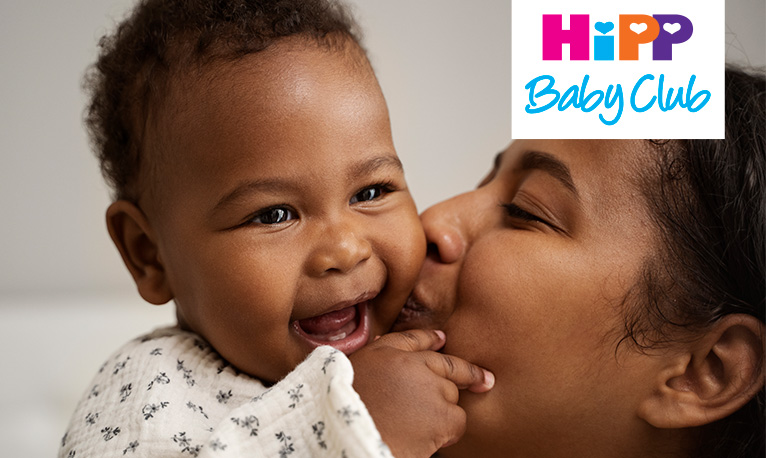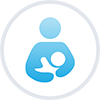Week 22
Your baby is now around 28 cm in size (roughly the same as a corn on the cob), half the size they’ll be when they’re born. They weigh almost half a kilo at 430-475 grams, but this weight still isn’t the main reason for your own weight gain. By the time they’re born, they’ll have put on a lot more weight, which will be crucial for them to survive and thrive outside the womb.
What it’s like for the mum-to-be in week 22
By now, you’ll almost certainly be able to feel your baby moving – when they get hiccups, for instance, you’ll feel it as sort of rhythmical twitching. Other people will also be able to feel their movements by putting their hand on your belly, which can be particularly exciting for the dad-to-be as he can now “feel” his child for the first time. Sometimes you’ll only barely feel your baby, and sometimes you might not feel them at all, but this is nothing to worry about. You should take advantage of the time when they’re not moving around: they’re about to undergo an enormous growth spurt which will make things noticeably different.
You'll definitely have noticed that you’ve put on weight. This is to be expected, and you’ll put on more in the months to come. The extra pounds are spread over your belly, hips, breasts and bottom, where pregnant women’s fat reserves build up.
Your doctor and midwife will regularly monitor your weight gain, as it’s a key indication that your pregnancy is progressing well and your child is developing as they should. Don’t worry about the odd kilo – simply enjoy being pregnant.
Your breasts prepare to feed your baby
Your breasts are now developing specific features for breastfeeding. Small protrusions called mammary glands are forming on your areolas (the areas around your nipples) to clean and lubricate your nipples while you’re breastfeeding. Breastfeeding is a strenuous task, and the mammary glands produce a fatty liquid substance which soothes the surrounding nipple tissue, makes it supple and helps prevent sores. If you notice this substance leaking, you can simply spread it over your nipples with your fingers, but often you won’t know it’s happening – mother nature does it for you.
Soreness and visible blue veins in your breasts
The increased blood flow to your mammary gland tissue might result in blue veins becoming visible under your skin or even protruding clearly. However, it’s nothing to worry about – it’s a reminder that you need to look after your breasts. If you experience soreness, gently massaging your breasts in a circular motion will help (lavender oil is the best choice, as it soothes the pain and makes your strained skin more supple). Your bras should provide good support, and the straps shouldn’t be digging in to your skin. If you like, you can start wearing a nursing bra now and/or cooling inserts specially designed to reduce the soreness in women’s breasts, and you can keep wearing them when you’re breastfeeding


